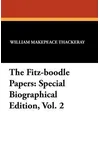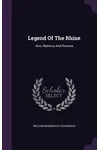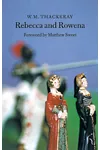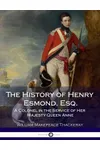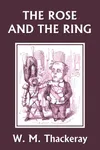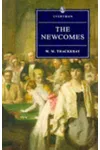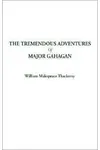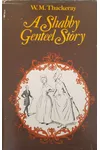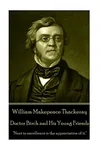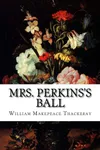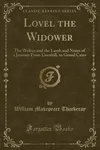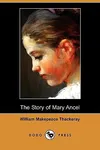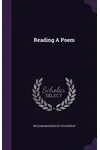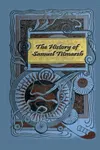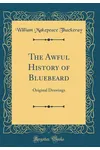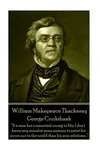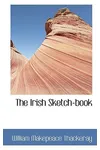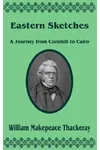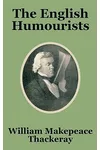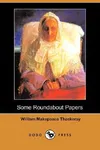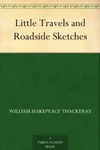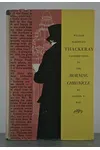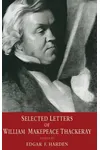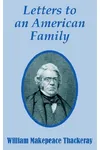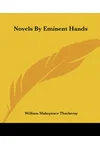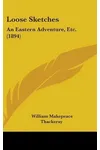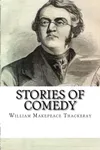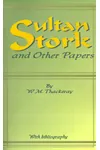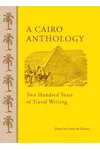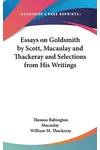Picture a Victorian satirist who skewered society’s pretensions with a pen sharper than a London fog—meet William Makepeace Thackeray! Born in 1811 in Calcutta, India, Thackeray became one of England’s literary titans, rivaling Charles Dickens with his masterpiece Vanity Fair. His wit, keen eye for human flaws, and storytelling prowess made him a household name, and his legacy still sparkles in the literary world.
From personal tragedies to professional triumphs, Thackeray’s life was as colorful as his novels. Let’s dive into the world of this brilliant author, whose sharp humor and social commentary continue to captivate readers.
The Making of William Makepeace Thackeray
Born to a wealthy Anglo-Indian family, Thackeray’s early life took a dramatic turn when his father died, sending young William to England for schooling. He studied at Charterhouse and Cambridge but left without a degree, more interested in sketching and writing than academic rigor. Financial ruin in his 20s, thanks to gambling and bad investments, pushed him into journalism. Writing for Punch and Fraser’s Magazine, he honed his satirical voice, poking fun at society’s absurdities.
Personal loss shaped him too—his wife, Isabella, suffered mental illness after their third child, leaving Thackeray a single father. These hardships fueled his empathy, which bled into his richly human characters.
William Makepeace Thackeray’s Unforgettable Stories
Thackeray’s crown jewel, Vanity Fair (1847–48), is a satirical masterpiece following the cunning Becky Sharp as she navigates wealth, love, and betrayal. Unlike the tidy morals of Victorian novels, it’s delightfully cynical, exposing the greed and hypocrisy of high society. Its subtitle, “A Novel Without a Hero,” captures Thackeray’s knack for flawed, relatable characters.
Other gems include The Luck of Barry Lyndon (1844), a rollicking tale of an Irish rogue’s rise and fall, later adapted by Stanley Kubrick, and Pendennis (1848–50), a semi-autobiographical novel about a young writer’s struggles. His The History of Henry Esmond (1852) dives into historical fiction, blending romance and political intrigue. Thackeray’s style—witty, conversational, and layered with irony—made his stories feel like chats with a clever friend.
His sketches, like those in The Book of Snobs, cemented his reputation as a social critic. Whether mocking aristocrats or middle-class climbers, Thackeray’s pen spared no one, earning him both fans and foes.
Why William Makepeace Thackeray Matters
Thackeray’s sharp satire and psychological depth set him apart in the Victorian era, offering a counterpoint to Dickens’ sentimental flair. His focus on flawed characters paved the way for modern realism, influencing authors like George Eliot and Anthony Trollope. Vanity Fair remains a cultural touchstone, adapted into films, TV series, and even inspiring magazine names.
Beyond his novels, Thackeray’s lectures on literature and his role as a public intellectual shaped Victorian literary culture. His sudden death in 1863 at age 52 shocked the world, but his works endure, reminding us to laugh at our own vanities.
About William Makepeace Thackeray
- Born: July 18, 1811, Calcutta, India
- Died: December 24, 1863, London, England
- Key Works: Vanity Fair, The Luck of Barry Lyndon, Pendennis
- Fun Fact: Thackeray’s sketches for Punch were as famous as his novels!
Ready for a literary adventure? Snag Vanity Fair and dive into Thackeray’s deliciously witty world of satire!


